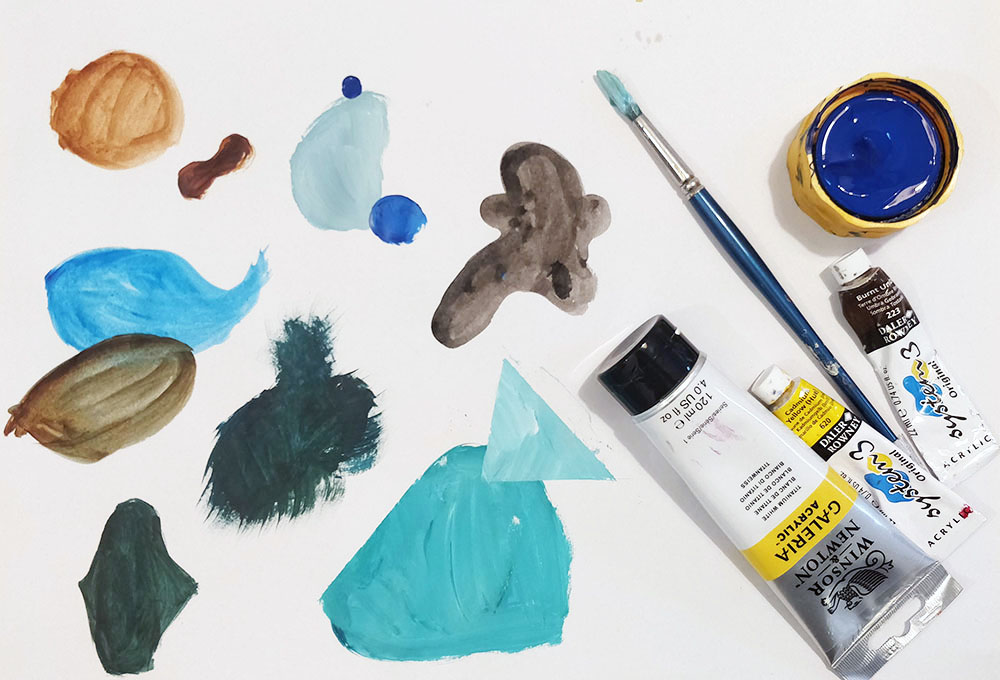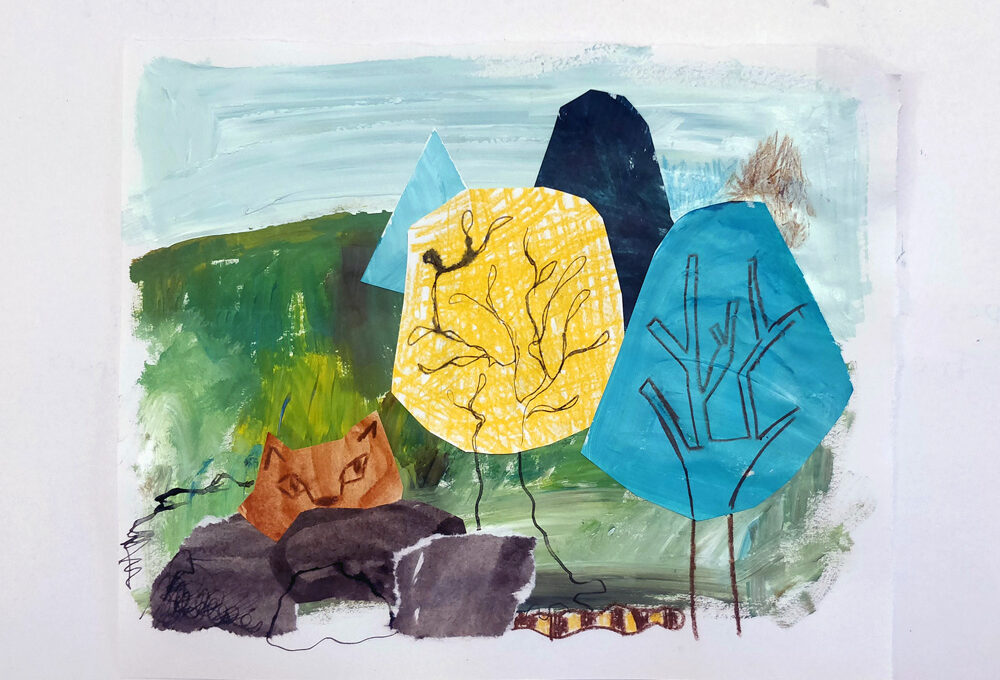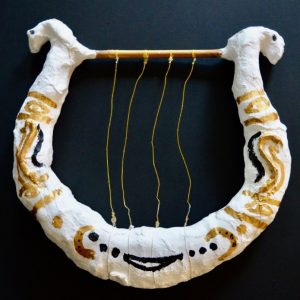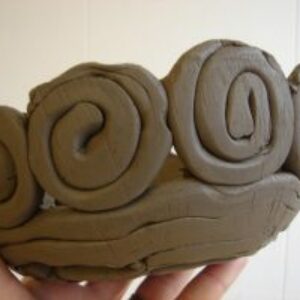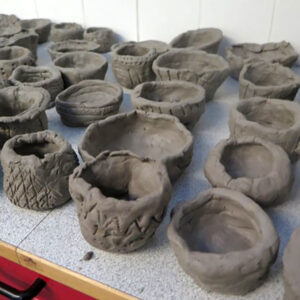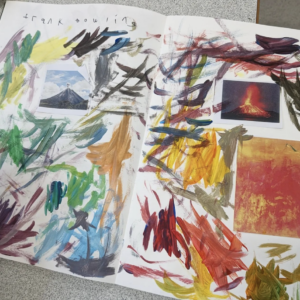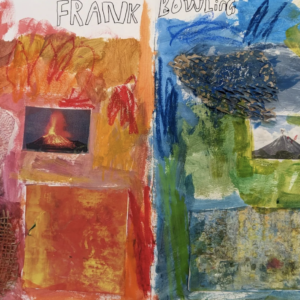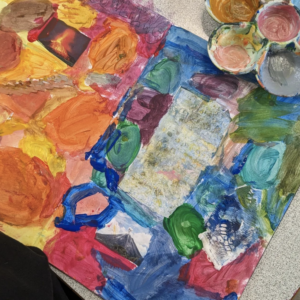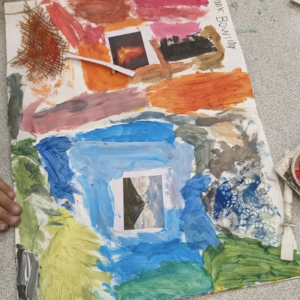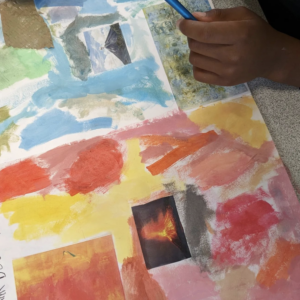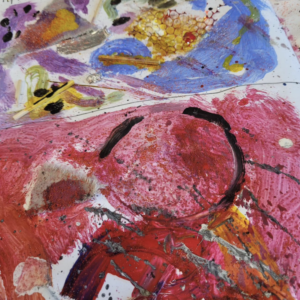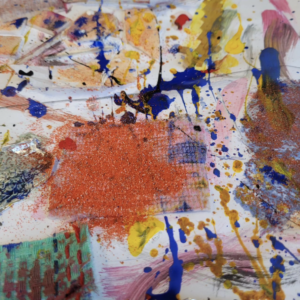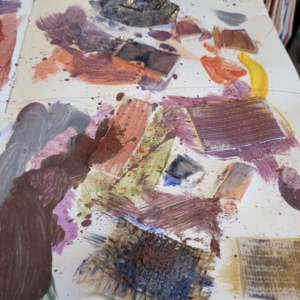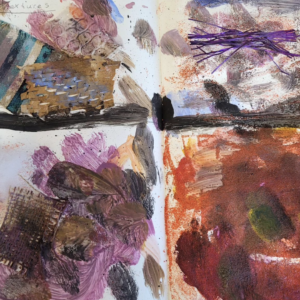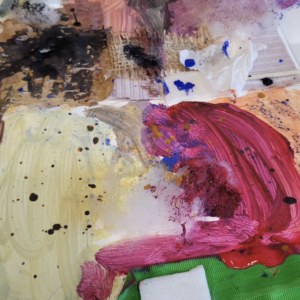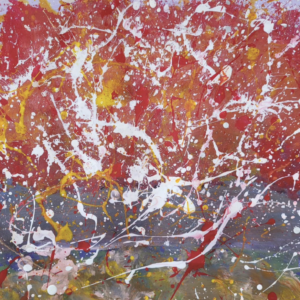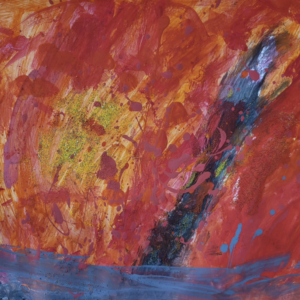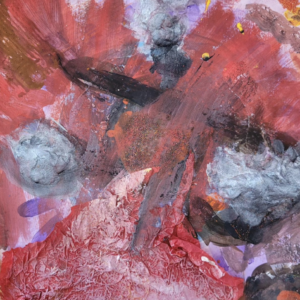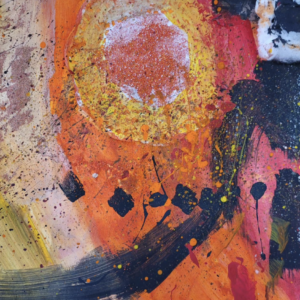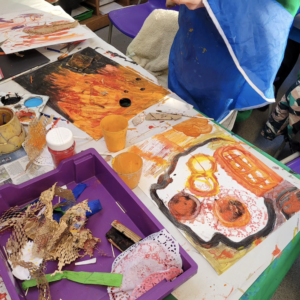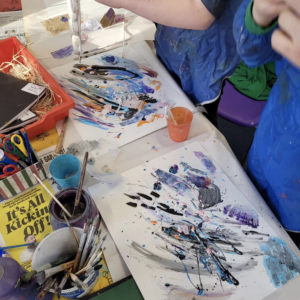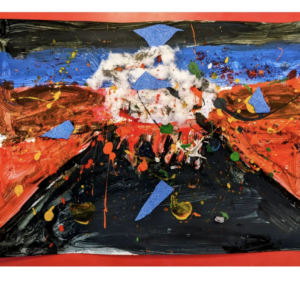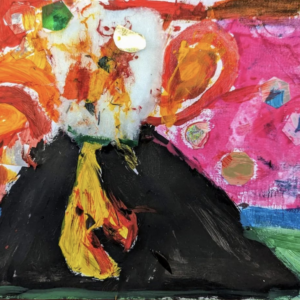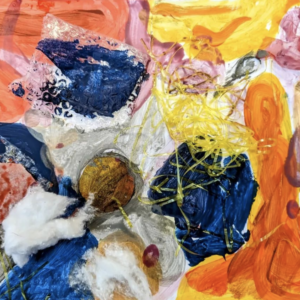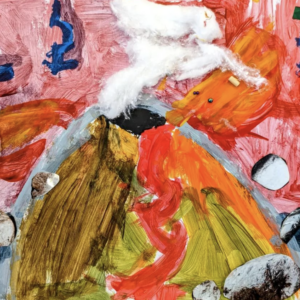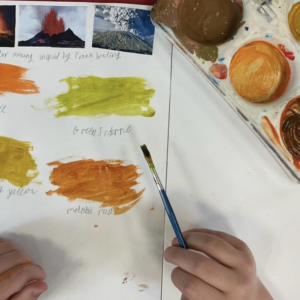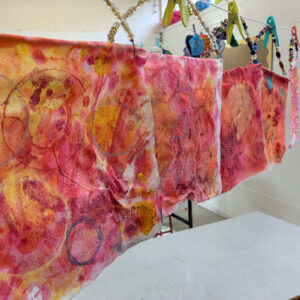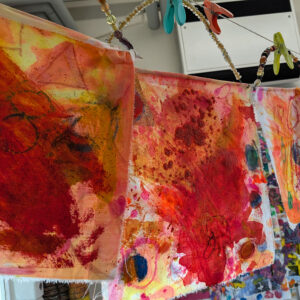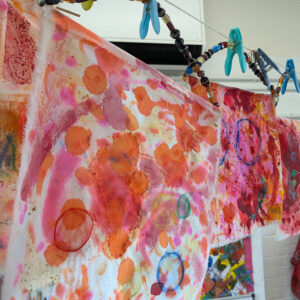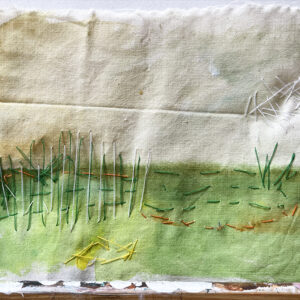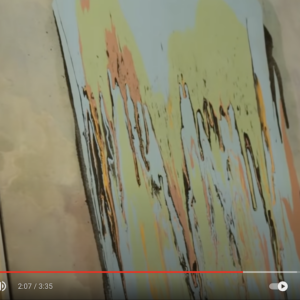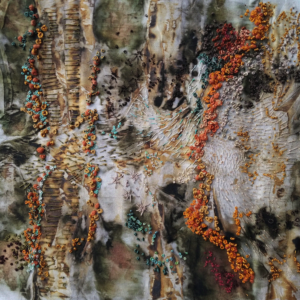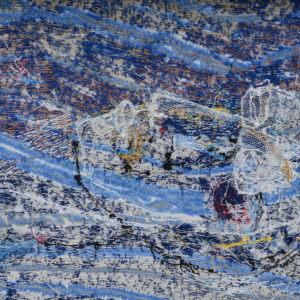In this video, Illustrator Inbal Leitner takes us through her Sketchbook documenting the development of her illustrations for poem ‘Growing Up’ by Harry Behn.
I’m Inbal and I’m an illustrator. You may already know that illustrations are images that are found usually next to a text, like in books, magazines, and newspapers. Sometimes when I read stories or poems, all kinds of ideas and images jump into my mind. That’s why I usually carry my sketchbook with me everywhere I go.
One day, I was walking in the forest with my family and suddenly it reminded me of a poem I’ve known for many years. I sat down and wrote that poem in my sketch book and started drawing the forest.
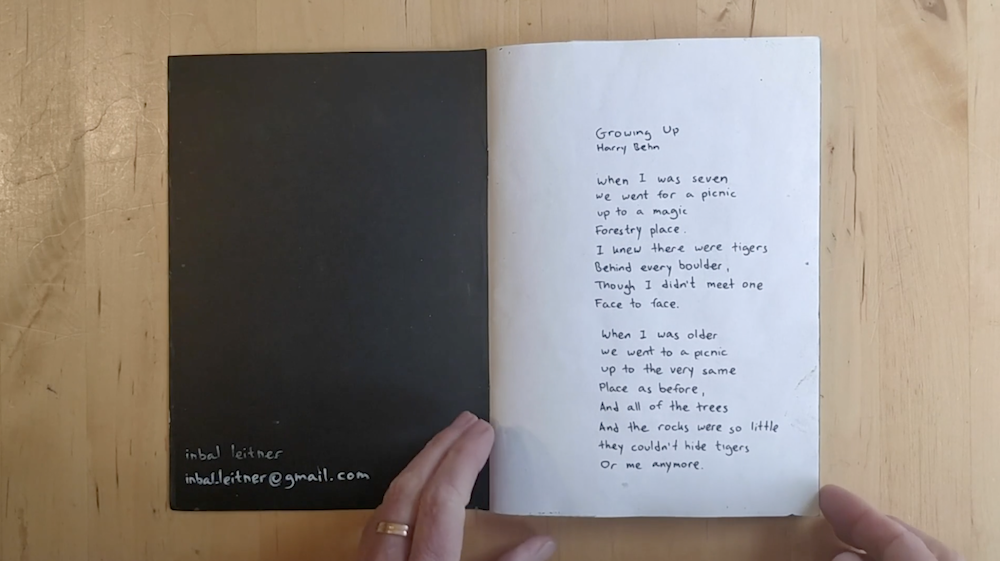
Later on, whenever I had an idea or an image that popped into my mind, I put it down in my sketchbook. Let’s read the poem first, and then I’d like to share my sketchbook with you. It’s called Growing Up by Harry Behn.
When I was seven,
we went for a picnic
up to a magic foresty place.
I knew there were tigers
behind every boulder
though I didn’t meet one face to face.
When I was older,
we went for a picnic
up to the very same place as before.
And all of the trees
and the rocks were so little,
they couldn’t hide tigers or me anymore.
So this is the poem and this is the first drawing in the sketchbook. Can you spot the little boy and the huge, huge trees in the forest? I started thinking, what if there were tigers in that forest?
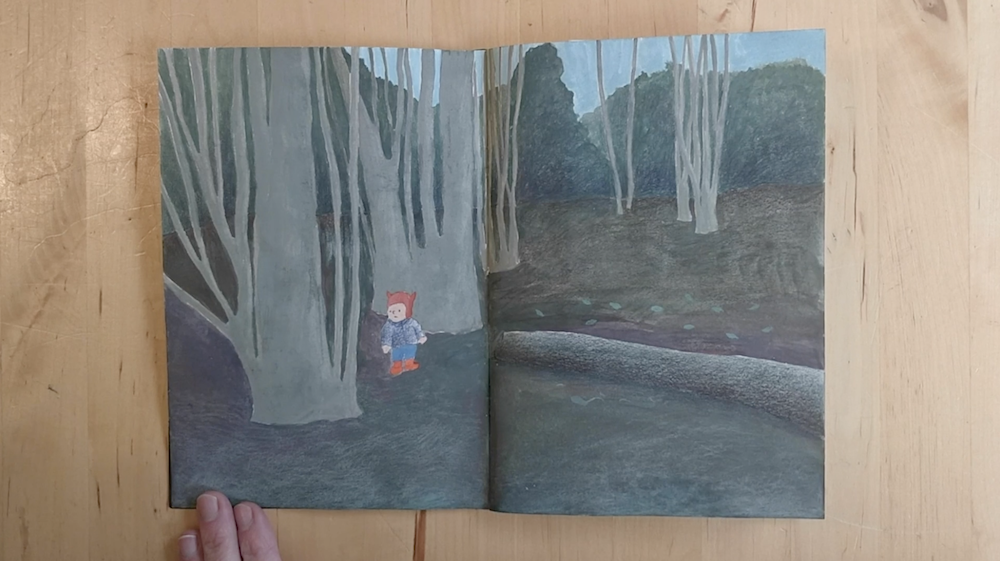
Can they hide behind trees?
Here is a tiger. And here’s a tiger. Take notice of this tiger with the eye, we’ll see it later.
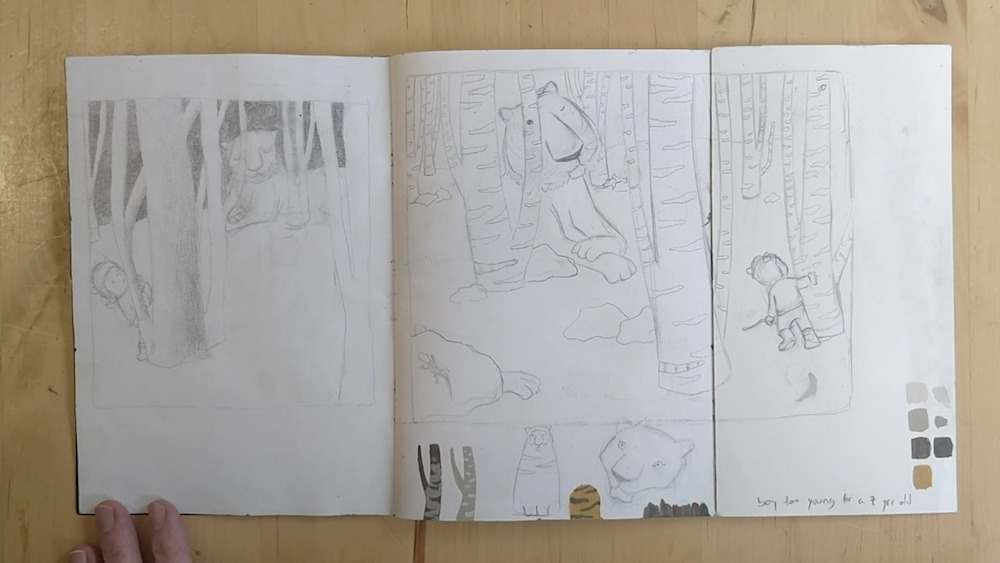
I started thinking of colours. I also thought, how can tigers actually hide behind rocks? They’ll have to be very small or fold their body in different ways. I also thought about colours that hide behind other colours.
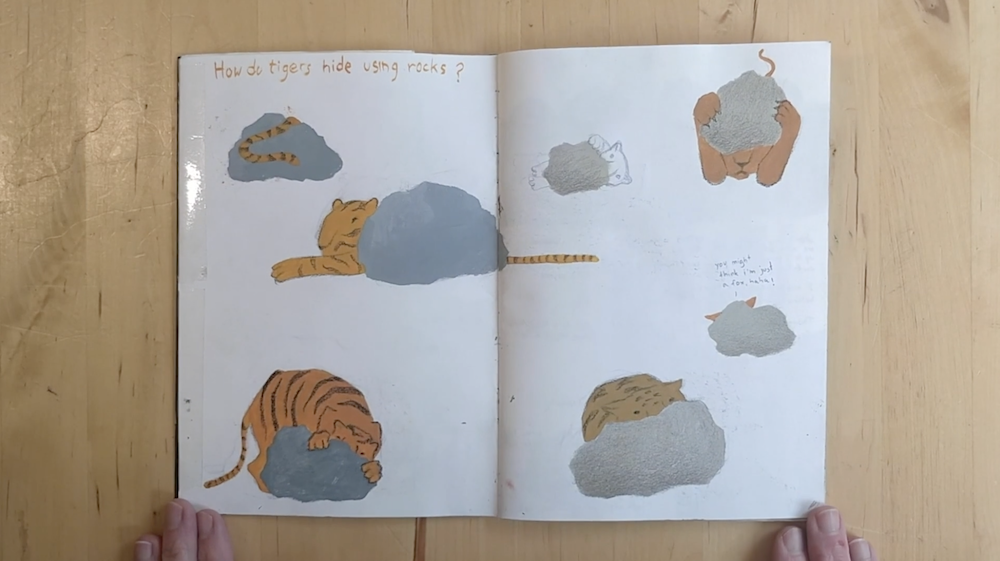
So here I got light brown covering darker browns or this creamy colour covering this mustardy colour. And I try to think of colours.
Can they hide behind each other? Can you see the connection between this image…
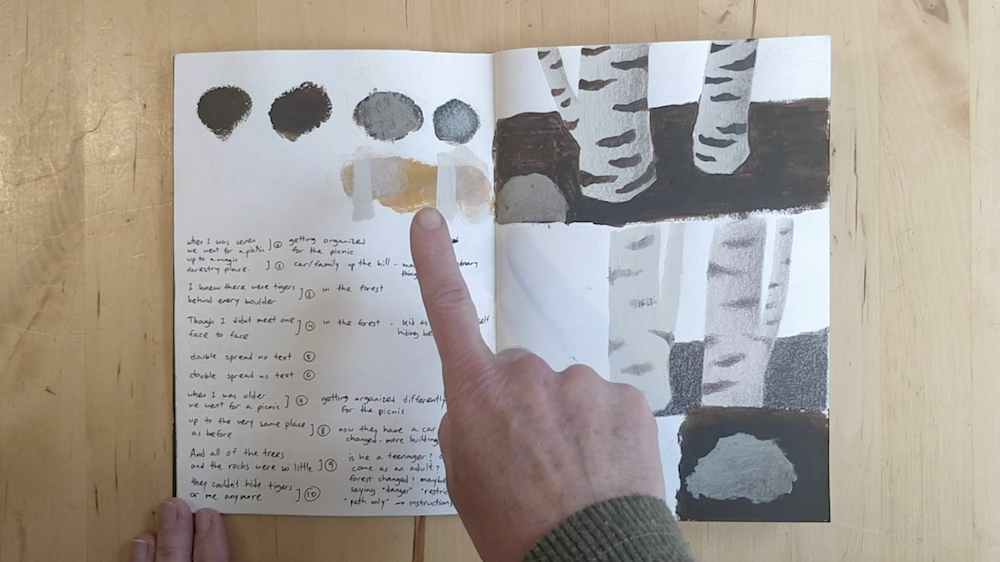
and this image…
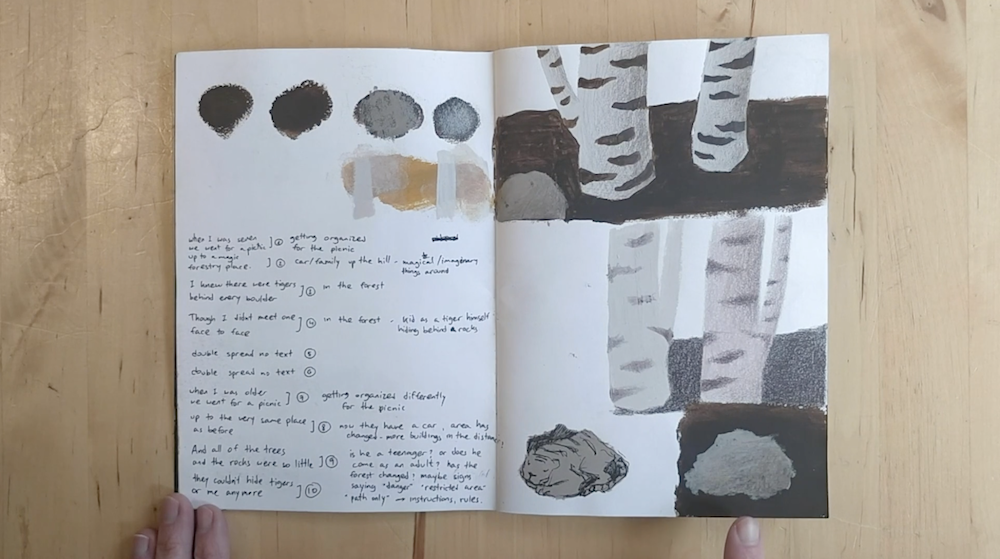
and this image?
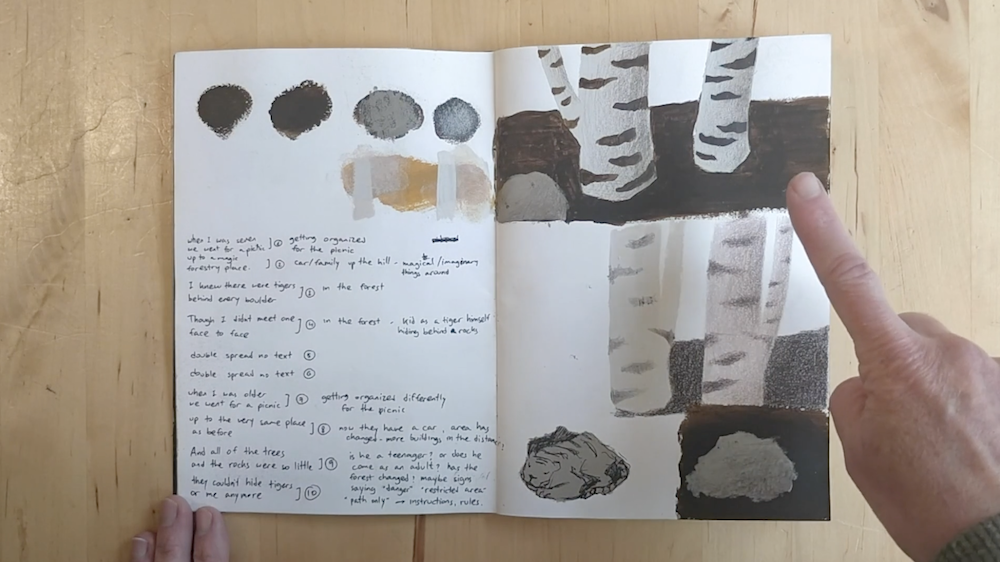
I started looking for the tiger. There are all kinds of options. I started exploring the facial expressions and facial features tigers. And I think, at some point, I met this one again with the eye and here is the tiger that I thought would be my tiger for the poet.
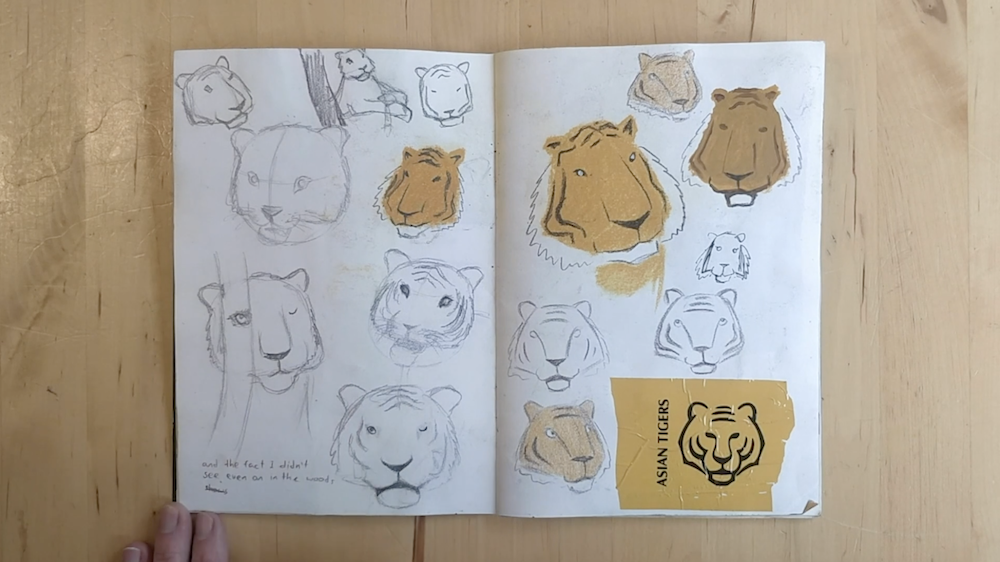
Here’s another exploration of trying to figure out if tigers can hide behind rocks. Then I thought, can all the tigers hide behind many rocks in the forest?
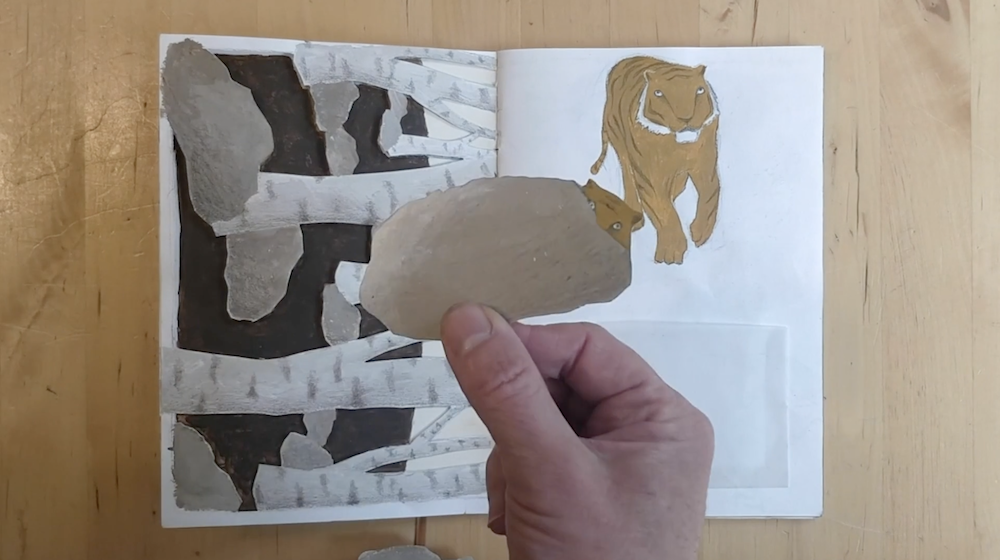
Then I thought, what if the forest is filled with rocks? What if behind every rock, there is a tiger. Just like in the poem.
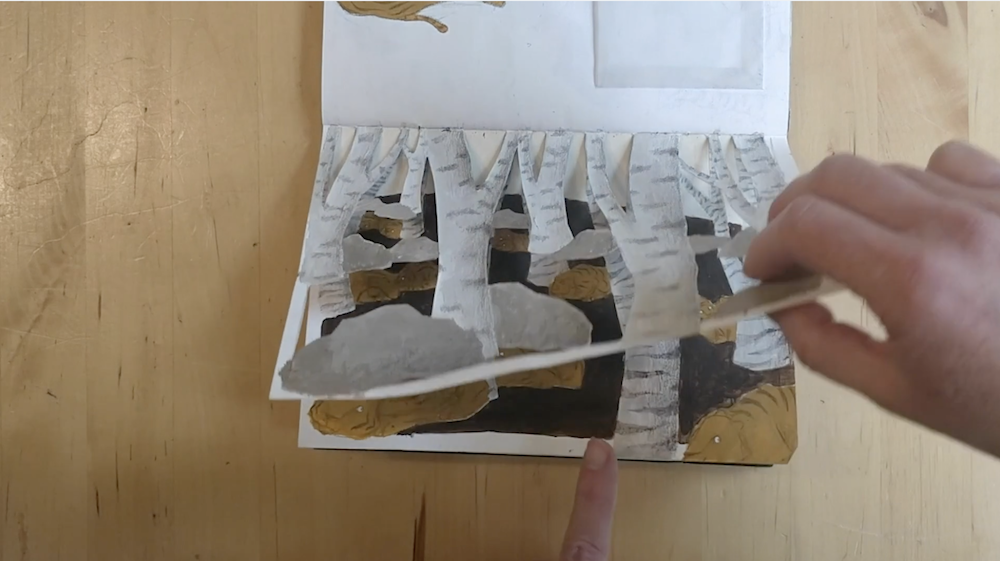
Here, I’m thinking again, about the shapes as a combinations formed when tigers and trees are in the same place. I’m looking for the boy, trying to find his face.
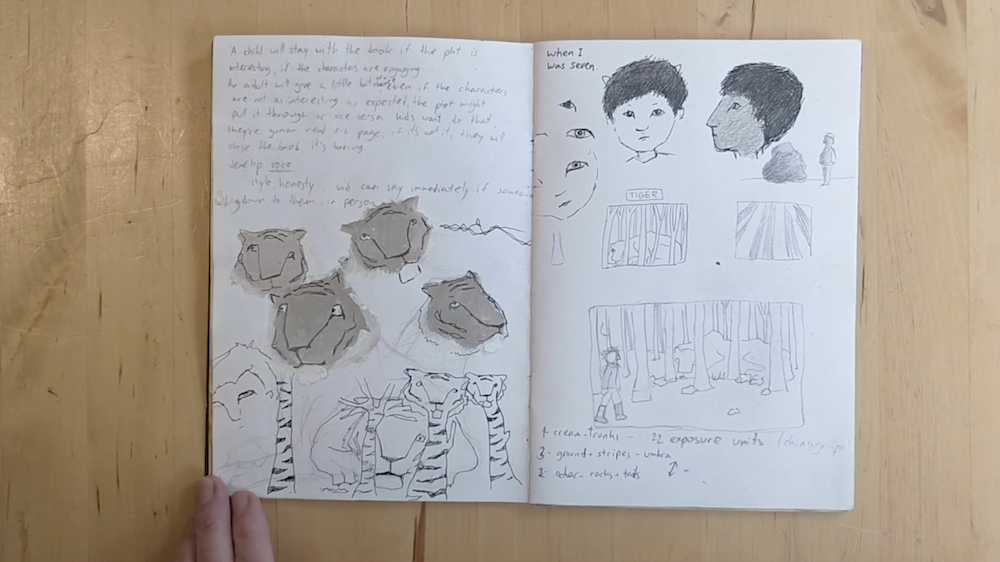
I’m thinking of a tiger’s fur, the softness of that fur.
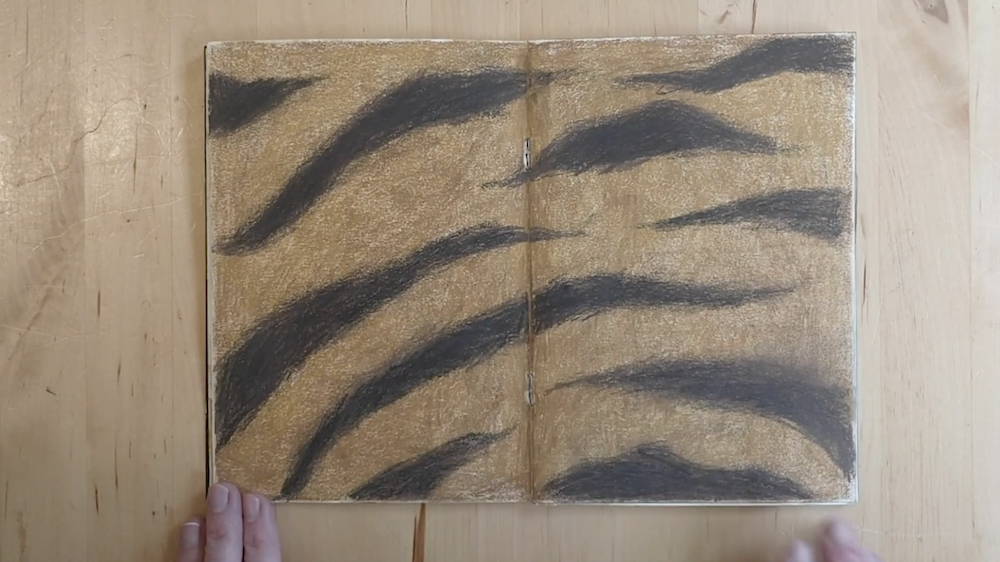
And here, I’m thinking of the differences between the first picnic, when there were tigers everywhere. And the second picnic, when he was older and they went to a picnic. Up to the very same place as before.
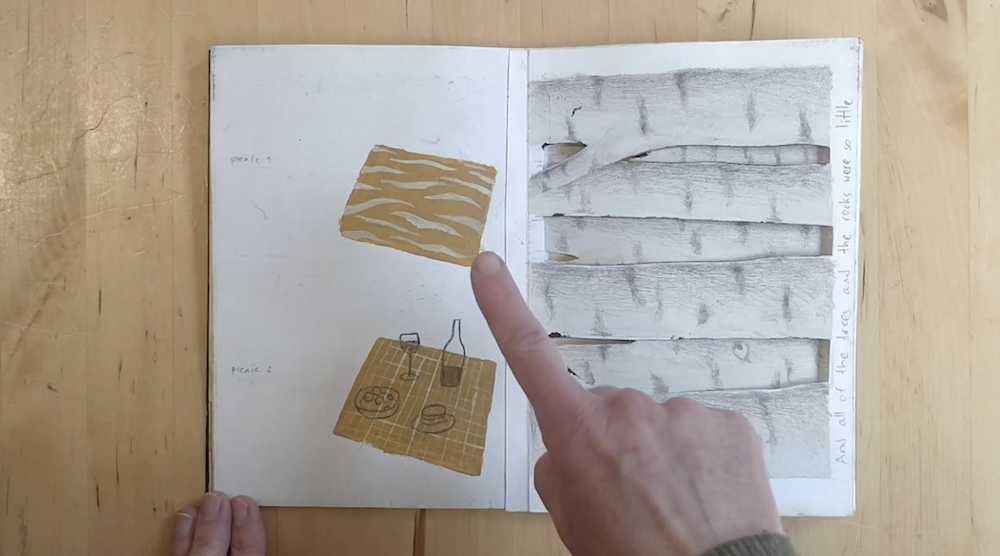
And all of the trees and the rocks were so little…
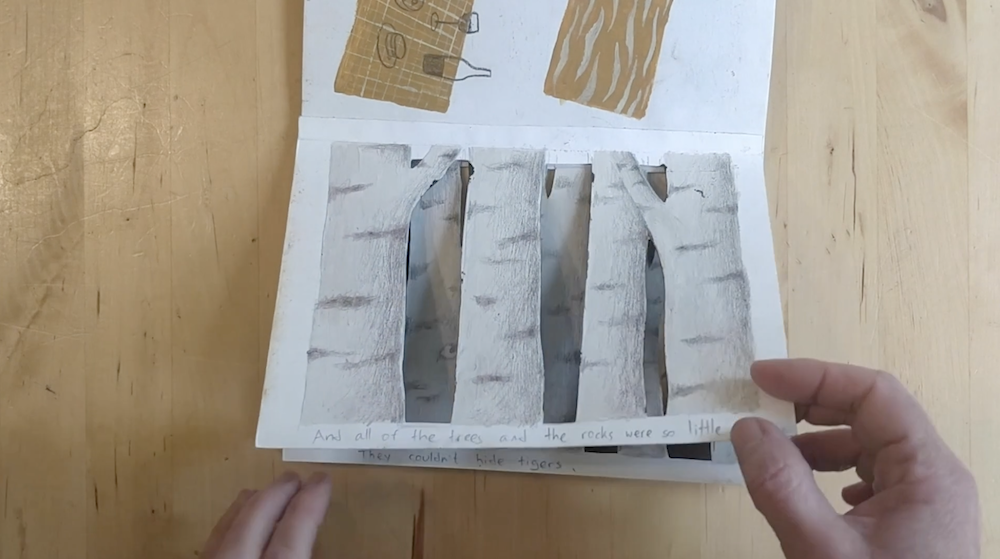
they couldn’t hide tigers…
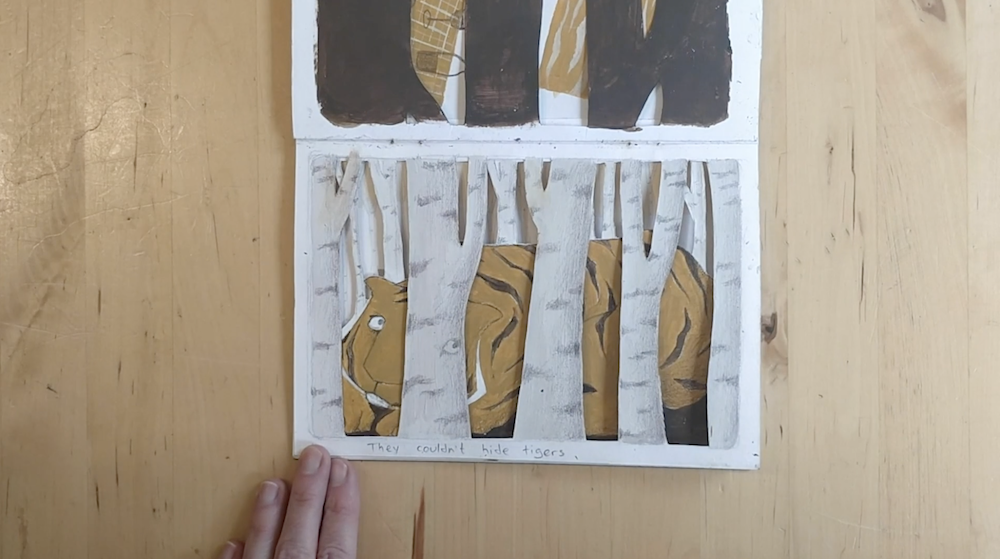
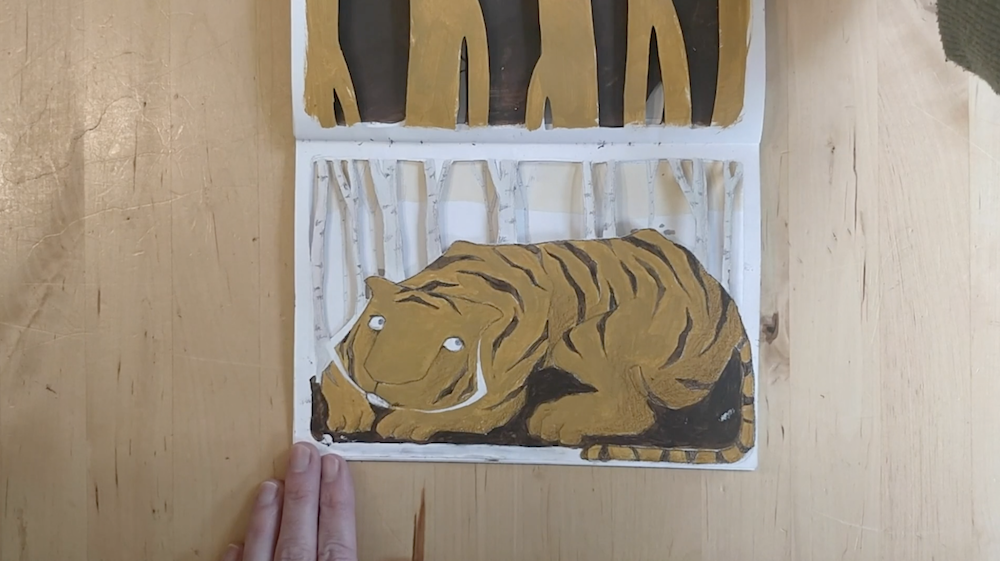
or me anymore.
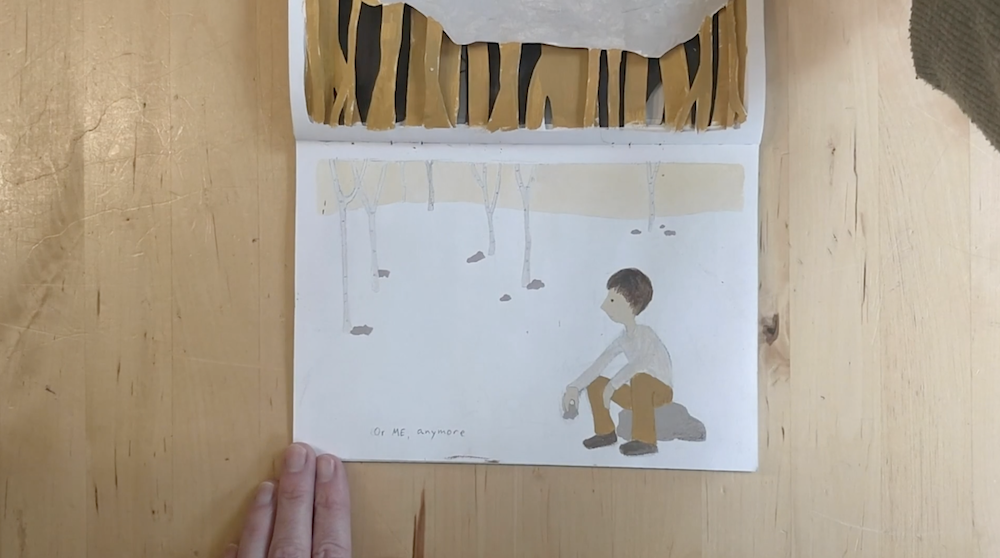
And that image got me to think of the feeling of that boy. I was wondering whether he is sorry for not seeing the tigers in the second time. I was wondering if he felt that he lost something by growing up.
And that made me draw these two images. There’s more space in the sketchbook, which I will be filling in the future. There are endless possibilities to developing ideas to a story or a poem. You can take it anywhere you want. Start with a sketchbook where you can draw and stick your craziest ideas.
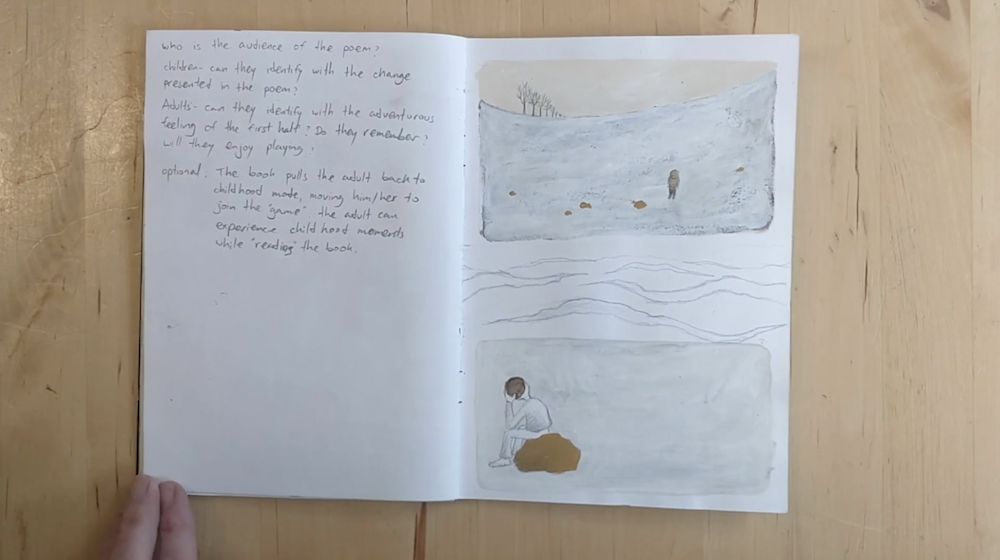
You don’t have to fill the sketchbook in one or two days. It can be on your desk or shelf. And whenever you have an idea, a thought or something you’d like to explore, just open the sketchbook and have a go.
Good luck.
Explore how you can fill your own sketchbook capturing the elements of a poem just like Inbal.
This is a sample of a resource created by UK Charity AccessArt. We have over 1500 resources to help develop and inspire your creative thinking, practice and teaching.
AccessArt welcomes artists, educators, teachers and parents both in the UK and overseas.
We believe everyone has the right to be creative and by working together and sharing ideas we can enable everyone to reach their creative potential.
What We Like About This Resource….
“This resource is a lovely example of how words and text can generate ideas, which can then be transferred to paper. Working in this way with children is a great way fo them to engage with literature – and to have an individual response. Try reading poems out loud to a class and ask them to list all the images that spring to mind before exploring those images through drawing”. – Rachel, AccessArt
You May Also Like…
Pathway: Telling Stories through drawing and making
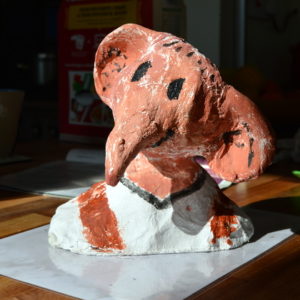
This is featured in the ‘Drawing Stories Through Drawing and Making’ pathway
Rosie Hurley: Esio Trot
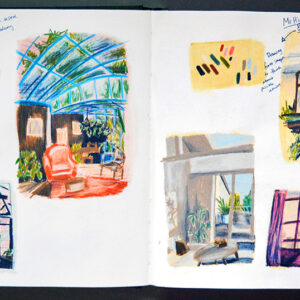
Poetry and Printmaking
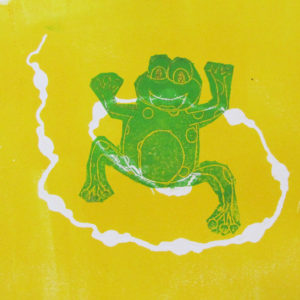
Found Poetry
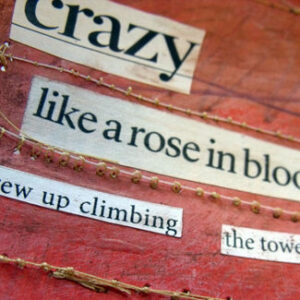
See the Resource Used in Schools…
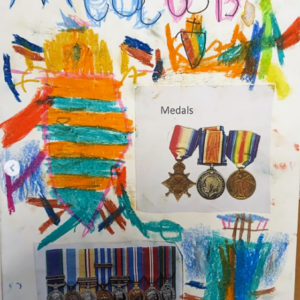
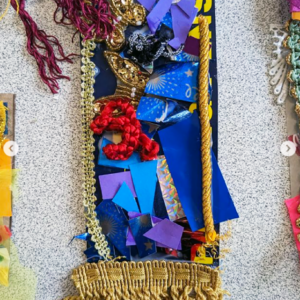
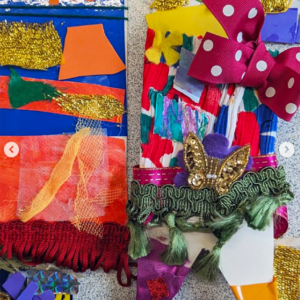
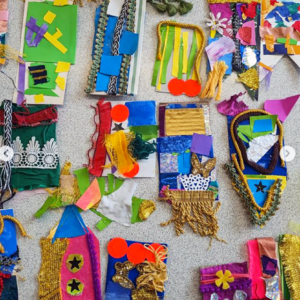
What We Like About This Resource….
“The sentiment behind this resource idea is lovely and it provides an opportunity to really develop some fine motor skills as well as independence of approach. Taking ownership of the medal design means the sense of achievement is heightened beyond the children just being given one. You can really imagine the positive energy that would surround this activity within a classroom, with each child working on a shared project but embarking on their own creative journey.” – Rachel, AccessArt
You May Also Like….
Pathway: Playful Making
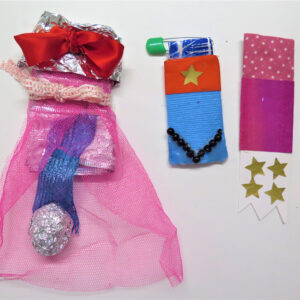
Featured in the ‘Playful Making’ pathway
Talking Points: Introduction to sculpture
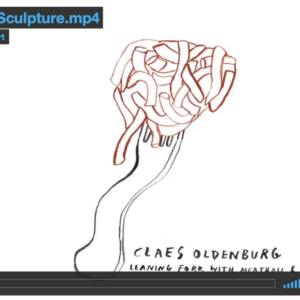
Clay Art Medals
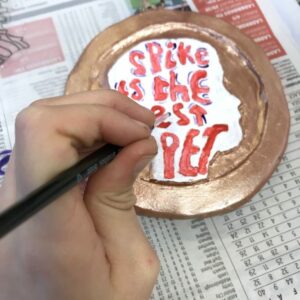
Talking Points: Nnena Kalu
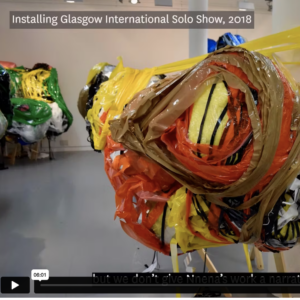
Talking Points: Linda BEll
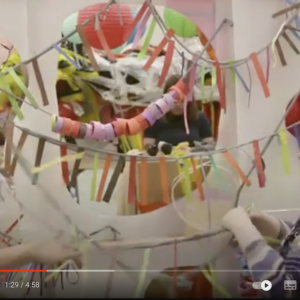
What We Like About This Resource….
“It’s great to see music being explored in this way, and combining it with making creates a really interesting immersive project. This activity would work well as part of an extended project looking at musical instruments around the world and some of the natural materials they are made from.” – Rachel, AccessArt
You Might Also Like….
Pathway: Music and art
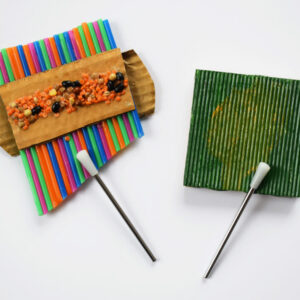
This is featured in the ‘Music and Art’ pathway
talking points: wassily Kandinsky
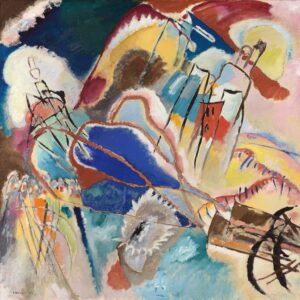
drawing source material: orchestras
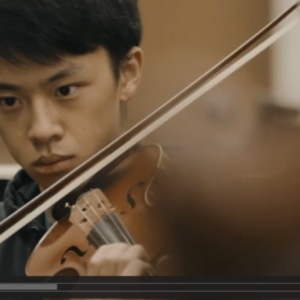
A Cheerful Orchestra
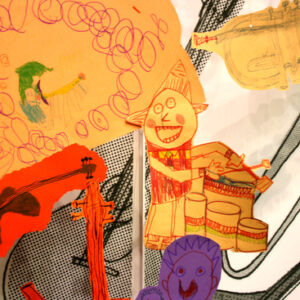
Talking Points: Linda BEll

Talking Points: Nnena Kalu

What We Like About This Resource….
“You can get a real sense of the environment in this post and how this could provide so much inspiration for creative projects. We are aware there the challenges to exploring the outdoors when many schools are in towns and cities. A way around this could be to have a regular collection of natural objects within the classroom and using them as a stimulus to respond creatively in sketchbooks or in extended projects” – Andrea, AccessArt
You Might Also Like….
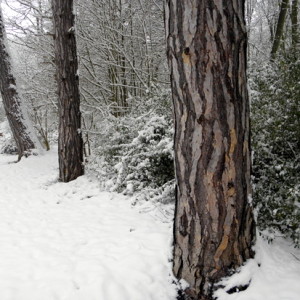
Woodland Exploration
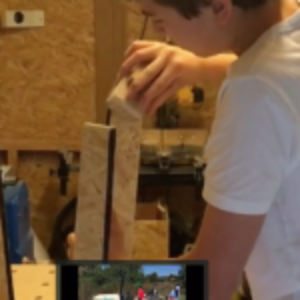
A Passion for Woodworking
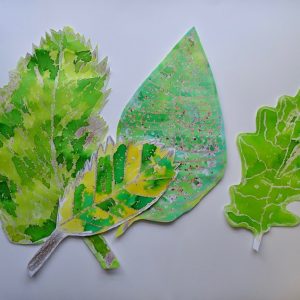
Visual Arts PLanning: Tees, Forest and Landscapes
What We Like About This Resource….
“It’s always so inspiring to hear how different artists work and we particularly like the detailed references Jake makes to his process – marking out the composition using neutral tones; adding and taking away compositional elements and gradually building in more colour and detail. Delivering a still life session in a classroom could begin with this process and encourage the practice of looking at positive and negative space. Some suggested resources below also touch on this”. – Rachel, AccessArt
You Might Also Like….
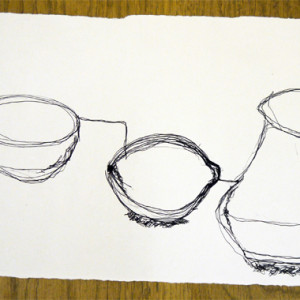
Tackling Still Life for Children
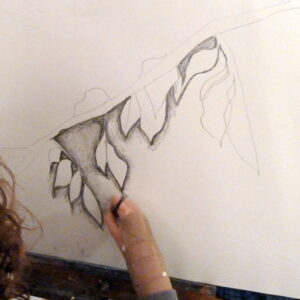
Drawing Negative Space
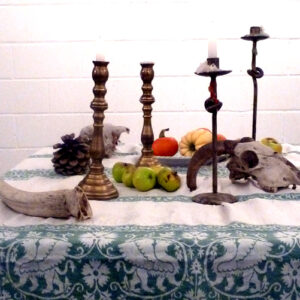
Visual Arts Planning: Still Life
What We Like About This Resource….
“It’s really interesting to hear how Su’s career path evolved organically, and how experimenting with different disciplines such as ceramics and sculpture whilst studying Textiles at the RCA began her journey towards paper craft and books. We really like how the small book sculptures inspired the larger scale set designs for The Snow Queen. They transfer so effectively to the stage and you can imagine how engaging it would be for a young audience to recognise letters and words on lampposts and other scenic elements”. – Rachel, AccessArt
You Might Also Like….
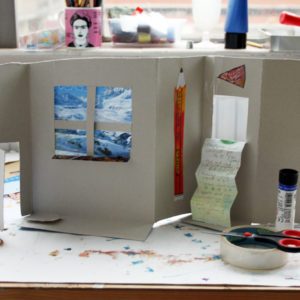
Creating a Book World
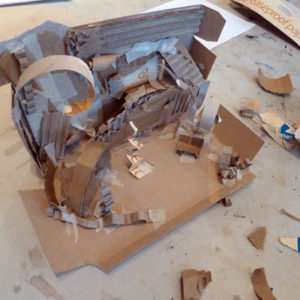
Sketch Set Design Models
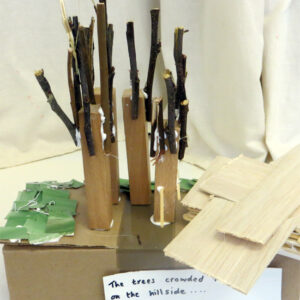
Set Design for Primary Aged Children
What We Like About This Resource
“It’s really interesting to see the combination of hand and digital work in Rachel’s work, and particularly how her hand stitched embroidery is scanned before being used to create patterned products. We love that lots of Rachel’s work begins in sketchbooks and how this really underpins her creative process. For children in school, learning to utilise a sketchbook and discover their potential though drawing and mapping ideas is invaluable. We have a whole Sketchbook Journey section on the AccessArt website (linked below) which explores this in more detail”. – Rachel, AccessArt.
You Might Also Like….
Pathway: Exploring pattern
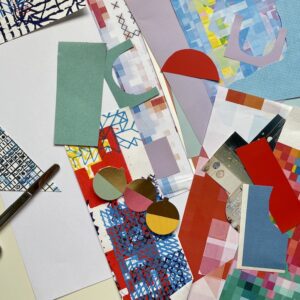
This is featured in the ‘Exploring Pattern’ pathway
using sketchbooks to make visual notes
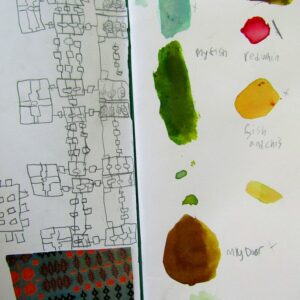
Show me what you see
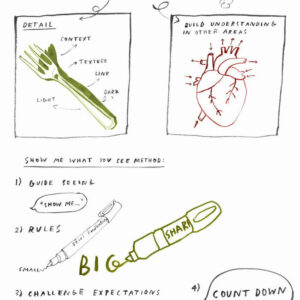
Inspired by Rachel Parker
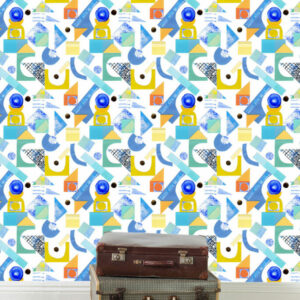
Sewn Treasure Box
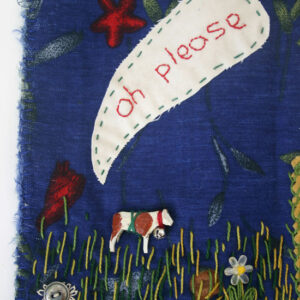
Felt and Embroidery Sets
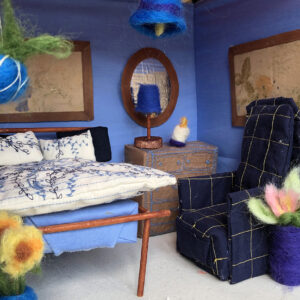
What We Like About This Resource….
“The sense of journey and feeling of movement is such an interesting part of Cas’ textile work here. We love how location and place is communicated through the variety of fluid and meandering textile marks used. Cas’ Romani background as well as early experience living in Japan make for a rich cultural backdrop to her work. The themes here could be explored in the classroom by asking children to use memories of places they’ve visited to produce a creative response using fabrics and mixed media” – Rachel, AccessArt
You Might Also Like….
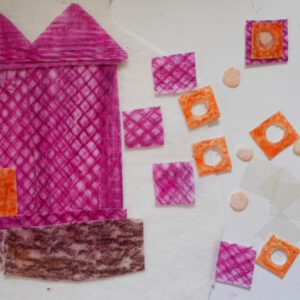
Draw Your Home
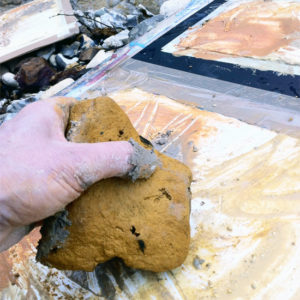
Working With and In the Landscape
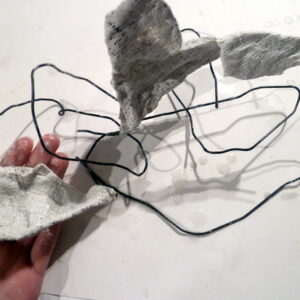
Landscape Sculptures
What We Like About This Resource….
“It’s lovely to see a resource that centres on a particular material and the scope it offers. I particularly like how the dogwood is used here to make wooden beads. This idea could be developed further by looking at how wood has been used to make jewelry throughout history and within many different cultures.” – Rachel, AccessArt.
You Might Also Like….
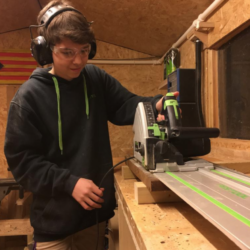
A Passion for Woodworking
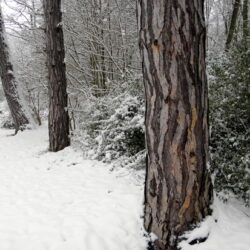
Woodland Exploration
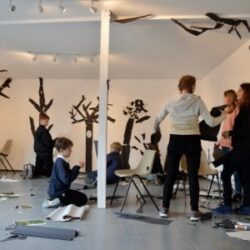
Visual Arts Planning: Trees, Forests and Landscape
What We Like About This Resource….
“It’s a really positive thing for an artist to share the concept of the creative journey. At AccessArt we believe journeys are pretty important and we are pleased to show this in action through Toby Pritchard’s post. We particularly like the anthropomorphic element, and how this really brings life to Toby’s work.” – Rachel, AccessArt
You May Also Like….
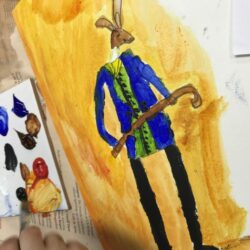
Anthropomorphic Animal Paintings
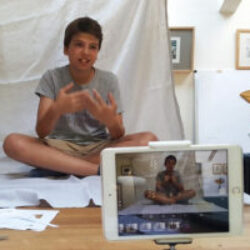
Exploring Animation
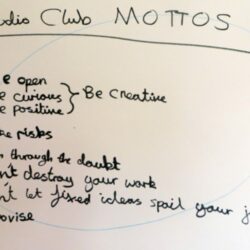
Teaching for the Journey not the Outcome
What We Like About This Resource….
“There’s a really fun element to this activity which is you can imagine all children really enjoying! The idea of food on large scale is a great starter for a sculpture project and an early exploration of working in 3D. What’s really positive to see in this project is how the children used their sketchbooks to design their ice creams prior to working in 3D. They then had the opportunity to re visit and refine their ideas as they worked. This provides a sold foundation for the concept of design development and design through making- both of which underpin any visual arts or design project or profession. For more support on how to develop sketchbook practice in your setting please see our Sketchbook Journey” – Rachel, AccessArt
You Might Also Like….
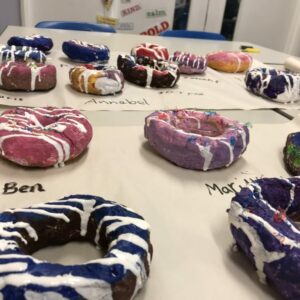
Art Club Cafe
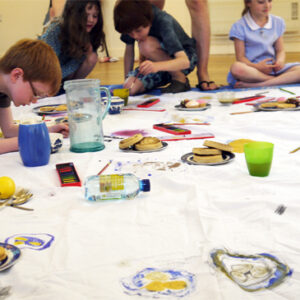
Communal Drawing: Summer Picnic
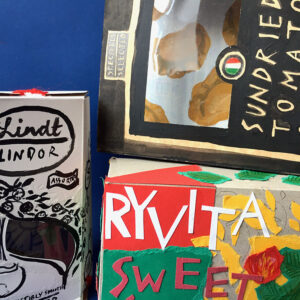
Redesigning Food Packaging

















